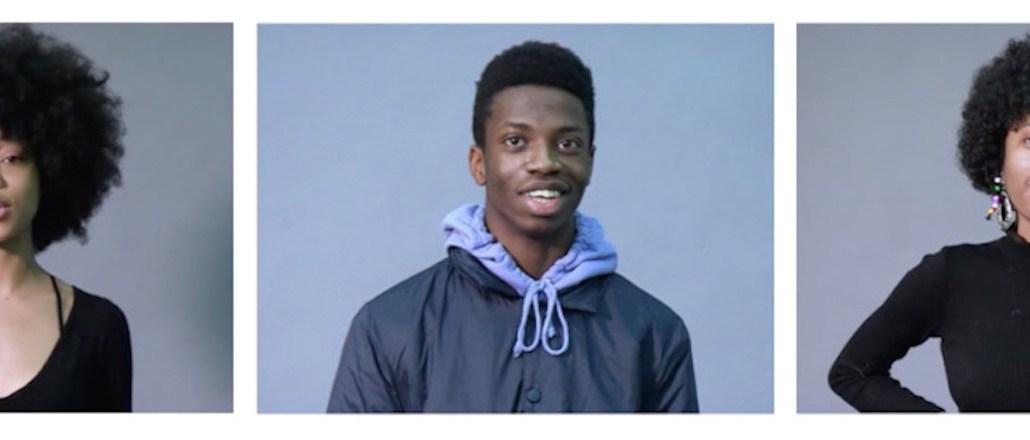Gucci campaign offers questionable salve for fashion’s diversity problem

When Gucci rolled out audition videos for its pre-fall 2017 campaign last week on Instagram, publications as diverse as Allure, BET and The Fader picked up the news. Unlike coverage of most digital fashion campaigns, this one created a significant splash due to its casting of all black models. It’s an especially stark change for a brand that tends to be weak on diversity — many of its campaigns feature a lone black model alongside a larger all-white group. This meagre attempt remains noteworthy in an industry in which the spring/summer 2017 campaign rollout saw all-white spreads from Roberto Cavalli, Chloe and more, and runway shows that were only 30.3% non-white, according to a recent report by The Fashion Spot.
Cast by Midland Agency, known for its street-casting work for the likes of Hood by Air and Eckhaus Latta, the Gucci videos feature young women and men riffing (inexplicably, but with charm) on their “spirit animals,” with no attention being paid to the Gucci brand or its products. While it certainly succeeded in garnering attention and is a welcome improvement from its exclusionary campaigns of the past, it remains to be seen whether race-based campaigns affect brands in the long-term or are just good old marketing. To read the rest of this story, please visit Glossy.
More in Marketing

Zero-click search is changing how small brands show up online — and spend
To appease the AI powers that be, brands are prioritizing things like blogs, brand content and landing pages.

More creators, less money: Creator economy expansion leaves mid-tier creators behind
As brands get pickier and budgets tighten, mid-tier creators are finding fewer deals in the booming influencer economy.

‘Still not a top tier ad platform’: Advertisers on Linda Yaccarino’s departure as CEO of X
Linda Yaccarino — the CEO who was never really in charge.








